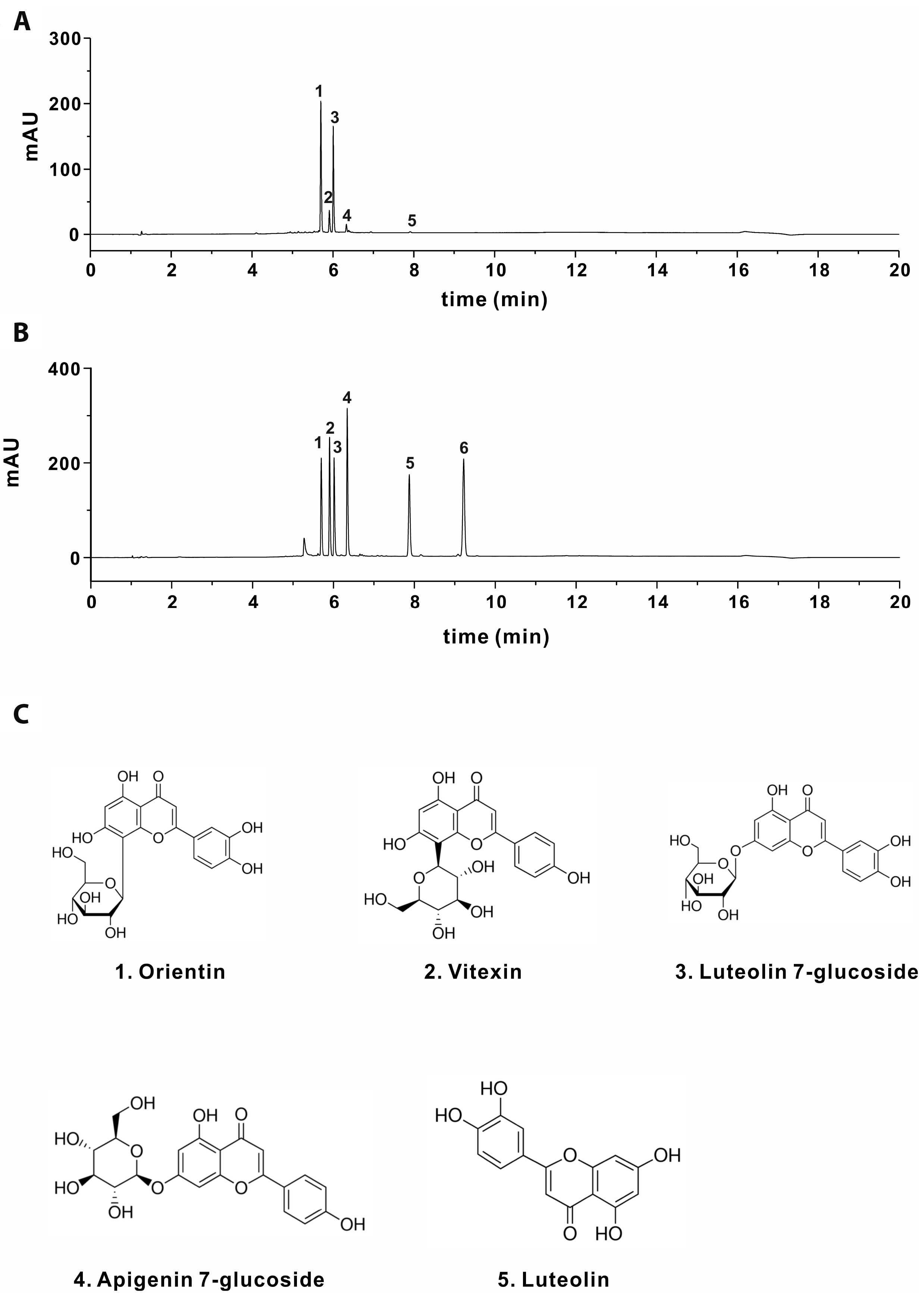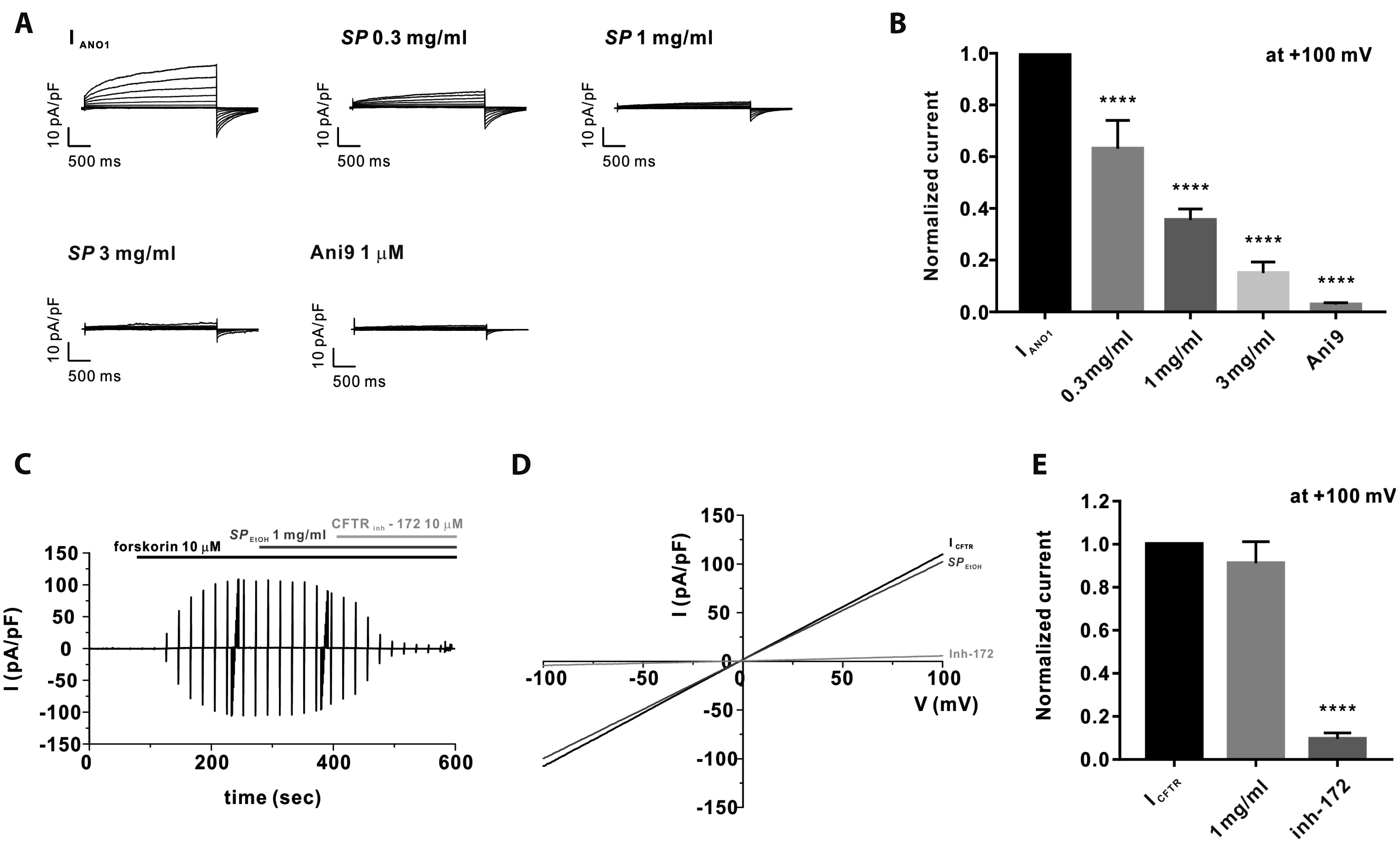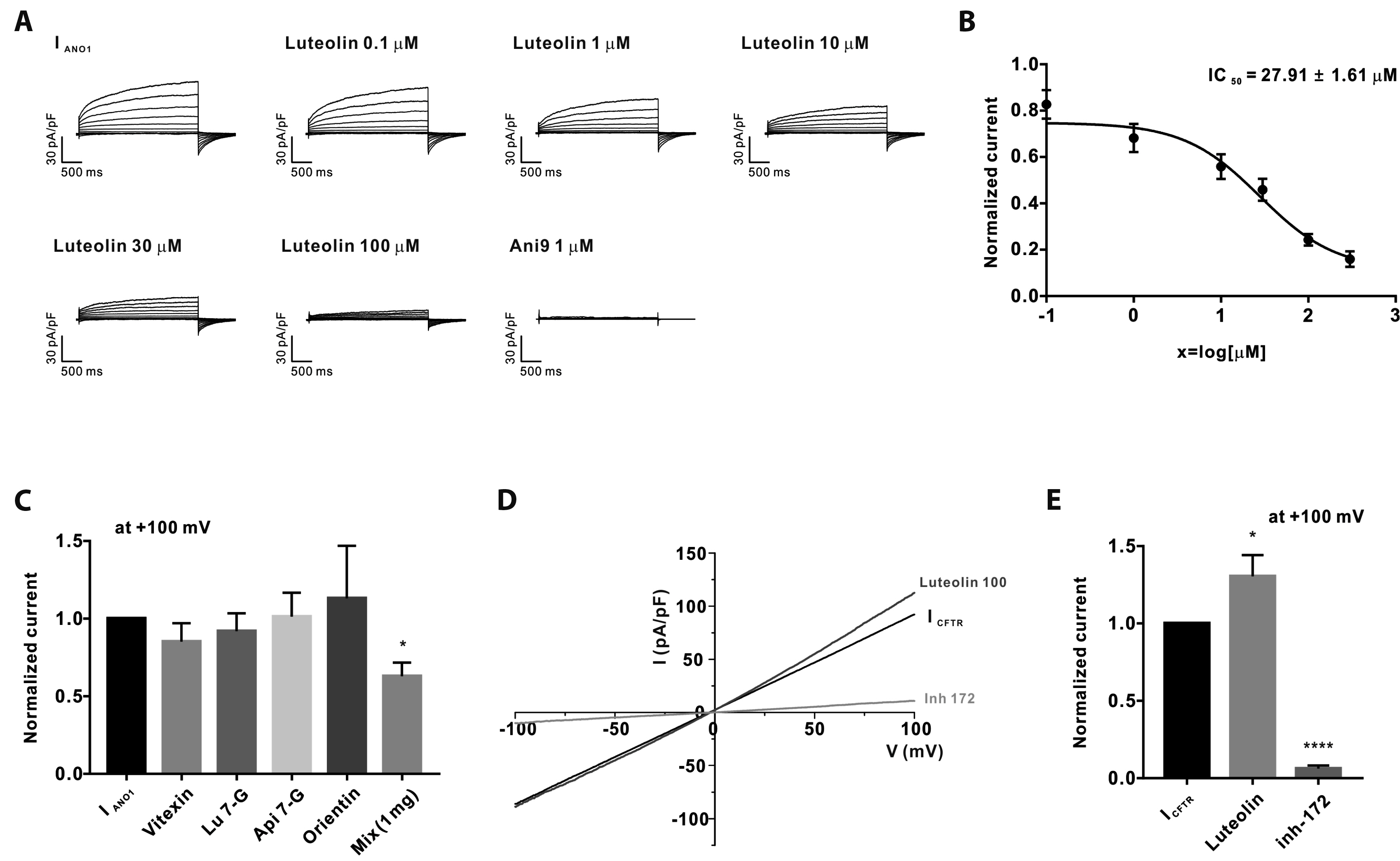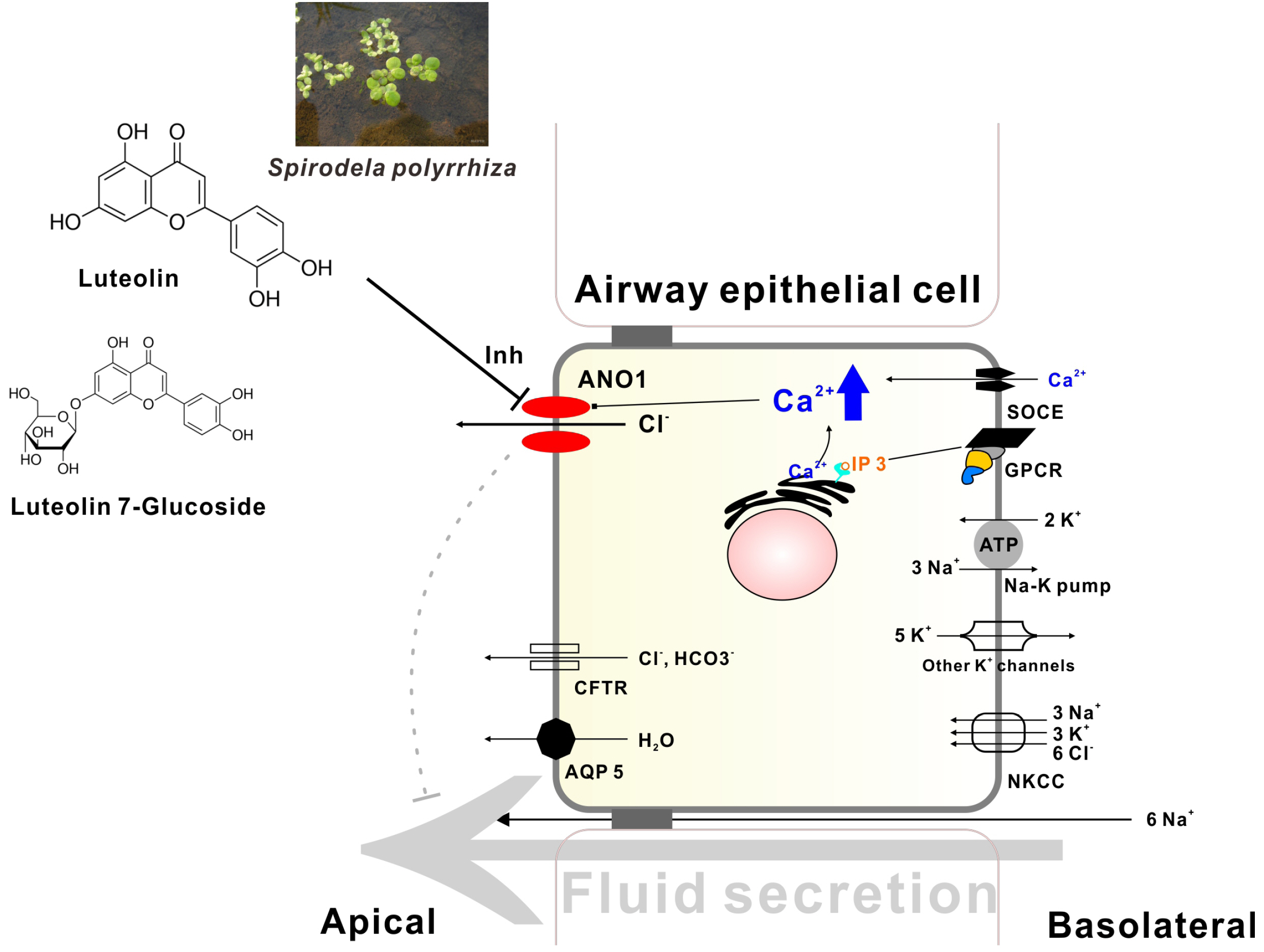Korean J Physiol Pharmacol.
2020 Jul;24(4):339-348. 10.4196/kjpp.2020.24.4.339.
Comparative study of acute in vitro and short-term in vivo triiodothyronine treatments on the contractile activity of isolated rat thoracic aortas
- Affiliations
-
- 1Section of Postgraduate Studies and Research, Higher School of Medicine, National Polytechnic Institute, Mexico City 11340, Mexico
- 2Departments of Cellular Biology,National Institute of Perinatology, Mexico City 11000, Mexico
- 3Departments of Inmuno-Biochemistry, National Institute of Perinatology, Mexico City 11000, Mexico
- 4Research Division, La Raza Medical Center, Mexican Instiitute of Social Security, Mexico City 02990, Mexico
- KMID: 2503327
- DOI: http://doi.org/10.4196/kjpp.2020.24.4.339
Abstract
- We aimed to characterize the participation of rapid non-genomic and delayed non-genomic/genomic or genomic mechanisms in vasoactive effects to triiodothyronine (T3), emphasizing functional analysis of the involvement of these mechanisms in the genesis of nitric oxide (NO) of endothelial or muscular origin. Influences of in vitro and in vivo T3 treatments on contractile and relaxant responsiveness of isolated rat aortas were studied. In vivo T3-treatment was 500 μg·kg–1·d–1, subcutaneous injection, for 1 (T31d) and 3 (T33d) days. In experiments with endothelium- intact aortic rings contracted with phenylephrine, increasing concentrations of T3 did not alter contractility. Likewise, in vitro T3 did not modify relaxant responses induced by acetylcholine or sodium nitroprusside (SNP) nor contractile responses elicited by phenylephrine or angiotensin II in endothelium-intact aortas. Concentration- response curves (CRCs) to acetylcholine and SNP in endothelium-intact aortic rings from T31d and T33d rats were unmodified. T33d, but not T31d, treatment diminished CRCs to phenylephrine in endothelium-intact aortic rings. CRCs to phenylephrine remained significantly depressed in both endothelium-denuded and endothelium- intact, nitric oxide synthase inhibitor-treated, aortas of T33d rats. In endotheliumdenuded aortas of T33d rats, CRCs to angiotensin II, and high K+ contractures, were decreased. Thus, in vitro T3 neither modified phenylephrine-induced active tonus nor CRCs to relaxant and contractile agonists in endothelium-intact aortas, discarding rapid non-genomic actions of this hormone in smooth muscle and endothelial cells. Otherwise, T33d-treatment inhibited aortic smooth muscle capacity to contract, but not to relax, in an endothelium- and NO-independent manner. This effect may be mediated by delayed non-genomic/genomic or genomic mechanisms.
Figure
Reference
-
1. Brożek JL, Bousquet J, Agache I, Agarwal A, Bachert C, Bosnic-Anticevich S, Brignardello-Petersen R, Canonica GW, Casale T, Chavannes NH, Correia de Sousa J, Cruz AA, Cuello-Garcia CA, Demoly P, Dykewicz M, Etxeandia-Ikobaltzeta I, Florez ID, Fokkens W, Fonseca J, Hellings PW, et al. 2017; Allergic Rhinitis and its Impact on Asthma (ARIA) guidelines-2016 revision. J Allergy Clin Immunol. 140:950–958. DOI: 10.1016/j.jaci.2017.03.050. PMID: 28602936.
Article2. D'Amato G, Pawankar R, Vitale C, Lanza M, Molino A, Stanziola A, Sanduzzi A, Vatrella A, D'Amato M. 2016; Climate change and air pollution: effects on respiratory allergy. Allergy Asthma Immunol Res. 8:391–395. DOI: 10.4168/aair.2016.8.5.391. PMID: 27334776. PMCID: PMC4921692.3. Ricketti PA, Alandijani S, Lin CH, Casale TB. 2017; Investigational new drugs for allergic rhinitis. Expert Opin Investig Drugs. 26:279–292. DOI: 10.1080/13543784.2017.1290079. PMID: 28141955.
Article4. Kakli HA, Riley TD. 2016; Allergic rhinitis. Prim Care. 43:465–475. DOI: 10.1016/j.pop.2016.04.009. PMID: 27545735.
Article5. Greiner AN, Meltzer EO. 2006; Pharmacologic rationale for treating allergic and nonallergic rhinitis. J Allergy Clin Immunol. 118:985–998. DOI: 10.1016/j.jaci.2006.06.029. PMID: 17088121.
Article6. Wheatley LM, Togias A. 2015; Clinical practice. Allergic rhinitis. N Engl J Med. 372:456–463. DOI: 10.1056/NEJMcp1412282. PMID: 25629743. PMCID: PMC4324099.7. Dantzer JA, Wood RA. 2018; The use of omalizumab in allergen immunotherapy. Clin Exp Allergy. 48:232–240. DOI: 10.1111/cea.13084. PMID: 29315922.
Article8. Long R, Zhou Y, Huang J, Peng L, Meng L, Zhu S, Li J. 2015; Bencycloquidium bromide inhibits nasal hypersecretion in a rat model of allergic rhinitis. Inflamm Res. 64:213–223. DOI: 10.1007/s00011-015-0800-6. PMID: 25690567.
Article9. Widdicombe JH, Wine JJ. 2015; Airway gland structure and function. Physiol Rev. 95:1241–1319. DOI: 10.1152/physrev.00039.2014. PMID: 26336032.
Article10. Rogers DF. 2003; Airway hypersecretion in allergic rhinitis and asthma: new pharmacotherapy. Curr Allergy Asthma Rep. 3:238–248. DOI: 10.1007/s11882-003-0046-1. PMID: 12662474.
Article11. Kremer B, den Hartog HM, Jolles J. 2002; Relationship between allergic rhinitis, disturbed cognitive functions and psychological well-being. Clin Exp Allergy. 32:1310–1315. DOI: 10.1046/j.1365-2745.2002.01483.x. PMID: 12220469.
Article12. Galietta LJ, Pagesy P, Folli C, Caci E, Romio L, Costes B, Nicolis E, Cabrini G, Goossens M, Ravazzolo R, Zegarra-Moran O. 2002; IL-4 is a potent modulator of ion transport in the human bronchial epithelium in vitro. J Immunol. 168:839–845. DOI: 10.4049/jimmunol.168.2.839. PMID: 11777980.
Article13. Zhou Y, Shapiro M, Dong Q, Louahed J, Weiss C, Wan S, Chen Q, Dragwa C, Savio D, Huang M, Fuller C, Tomer Y, Nicolaides NC, McLane M, Levitt RC. 2002; A calcium-activated chloride channel blocker inhibits goblet cell metaplasia and mucus overproduction. Novartis Found Symp. 248:150–165. discussion 165–170. 277–282. DOI: 10.1002/0470860790.ch10. PMID: 12568493.
Article14. Caputo A, Caci E, Ferrera L, Pedemonte N, Barsanti C, Sondo E, Pfeffer U, Ravazzolo R, Zegarra-Moran O, Galietta LJ. 2008; TMEM16A, a membrane protein associated with calcium-dependent chloride channel activity. Science. 322:590–594. DOI: 10.1126/science.1163518. PMID: 18772398.
Article15. Cho HJ, Choi JY, Yang YM, Hong JH, Kim CH, Gee HY, Lee HJ, Shin DM, Yoon JH. 2010; House dust mite extract activates apical Cl- channels through protease-activated receptor 2 in human airway epithelia. J Cell Biochem. 109:1254–1263. DOI: 10.1002/jcb.22511. PMID: 20186875.16. Rievaj J, Davidson C, Nadeem A, Hollenberg M, Duszyk M, Vliagoftis H. 2012; Allergic sensitization enhances anion current responsiveness of murine trachea to PAR-2 activation. Pflugers Arch. 463:497–509. DOI: 10.1007/s00424-011-1064-9. PMID: 22170096.
Article17. Kang JW, Lee YH, Kang MJ, Lee HJ, Oh R, Min HJ, Namkung W, Choi JY, Lee SN, Kim CH, Yoon JH, Cho HJ. 2017; Synergistic mucus secretion by histamine and IL-4 through TMEM16A in airway epithelium. Am J Physiol Lung Cell Mol Physiol. 313:L466–L476. DOI: 10.1152/ajplung.00103.2017. PMID: 28546154.
Article18. Huang F, Zhang H, Wu M, Yang H, Kudo M, Peters CJ, Woodruff PG, Solberg OD, Donne ML, Huang X, Sheppard D, Fahy JV, Wolters PJ, Hogan BL, Finkbeiner WE, Li M, Jan YN, Jan LY, Rock JR. 2012; Calcium-activated chloride channel TMEM16A modulates mucin secretion and airway smooth muscle contraction. Proc Natl Acad Sci U S A. 109:16354–16359. DOI: 10.1073/pnas.1214596109. PMID: 22988107. PMCID: PMC3479591.
Article19. Scudieri P, Caci E, Bruno S, Ferrera L, Schiavon M, Sondo E, Tomati V, Gianotti A, Zegarra-Moran O, Pedemonte N, Rea F, Ravazzolo R, Galietta LJ. 2012; Association of TMEM16A chloride channel overexpression with airway goblet cell metaplasia. J Physiol. 590:6141–6455. DOI: 10.1113/jphysiol.2012.240838. PMID: 22988141. PMCID: PMC3530122.
Article20. Qiao X, He WN, Xiang C, Han J, Wu LJ, Guo DA, Ye M. 2011; Qualitative and quantitative analyses of flavonoids in Spirodela polyrrhiza by high-performance liquid chromatography coupled with mass spectrometry. Phytochem Anal. 22:475–483. DOI: 10.1002/pca.1303. PMID: 21465598.
Article21. Lee HJ, Kim MH, Choi YY, Kim EH, Hong J, Kim K, Yang WM. 2016; Improvement of atopic dermatitis with topical application of Spirodela polyrhiza. J Ethnopharmacol. 180:12–17. DOI: 10.1016/j.jep.2016.01.010. PMID: 26778605.
Article22. Nam JH, Jung HW, Chin YW, Yang WM, Bae HS, Kim WK. 2017; Spirodela polyrhiza extract modulates the activation of atopic dermatitis-related ion channels, Orai1 and TRPV3, and inhibits mast cell degranulation. Pharm Biol. 55:1324–1329. DOI: 10.1080/13880209.2017.1300819. PMID: 28290212. PMCID: PMC6130684.
Article23. Di Capite J, Parekh AB. 2009; CRAC channels and Ca2+ signaling in mast cells. Immunol Rev. 231:45–58. DOI: 10.1111/j.1600-065X.2009.00808.x. PMID: 19754889.24. Kircher S, Merino-Wong M, Niemeyer BA, Alansary D. 2018; Profiling calcium signals of in vitro polarized human effector CD4+ T cells. Biochim Biophys Acta Mol Cell Res. 1865:932–943. DOI: 10.1016/j.bbamcr.2018.04.001. PMID: 29626493.25. Park BK, Park YC, Jung IC, Kim SH, Choi JJ, Do M, Kim SY, Jin M. 2015; Gamisasangja-tang suppresses pruritus and atopic skin inflammation in the NC/Nga murine model of atopic dermatitis. J Ethnopharmacol. 165:54–60. DOI: 10.1016/j.jep.2015.02.040. PMID: 25721805.
Article26. Yang YD, Cho H, Koo JY, Tak MH, Cho Y, Shim WS, Park SP, Lee J, Lee B, Kim BM, Raouf R, Shin YK, Oh U. 2008; TMEM16A confers receptor-activated calcium-dependent chloride conductance. Nature. 455:1210–1215. DOI: 10.1038/nature07313. PMID: 18724360.
Article27. Namkung W, Phuan PW, Verkman AS. 2011; TMEM16A inhibitors reveal TMEM16A as a minor component of calcium-activated chloride channel conductance in airway and intestinal epithelial cells. J Biol Chem. 286:2365–2374. DOI: 10.1074/jbc.M110.175109. PMID: 21084298. PMCID: PMC3023530.
Article28. Kunzelmann K, Kongsuphol P, Aldehni F, Tian Y, Ousingsawat J, Warth R, Schreiber R. 2009; Bestrophin and TMEM16-Ca2+ activated Cl- channels with different functions. Cell Calcium. 46:233–241. DOI: 10.1016/j.ceca.2009.09.003. PMID: 19783045.29. Fischer H, Illek B, Sachs L, Finkbeiner WE, Widdicombe JH. 2010; CFTR and calcium-activated chloride channels in primary cultures of human airway gland cells of serous or mucous phenotype. Am J Physiol Lung Cell Mol Physiol. 299:L585–L594. DOI: 10.1152/ajplung.00421.2009. PMID: 20675434. PMCID: PMC2957417.
Article30. Banga A, Flaig S, Lewis S, Winfree S, Blazer-Yost BL. 2014; Epinephrine stimulation of anion secretion in the Calu-3 serous cell model. Am J Physiol Lung Cell Mol Physiol. 306:L937–L946. DOI: 10.1152/ajplung.00190.2013. PMID: 24705724. PMCID: PMC4025061.
Article31. Seo Y, Lee HK, Park J, Jeon DK, Jo S, Jo M, Namkung W. 2016; Ani9, a novel potent small-molecule ANO1 inhibitor with negligible effect on ANO2. PLoS One. 11:e0155771. DOI: 10.1371/journal.pone.0155771. PMID: 27219012. PMCID: PMC4878759.
Article32. Seo Y, Ryu K, Park J, Jeon DK, Jo S, Lee HK, Namkung W. 2017; Inhibition of ANO1 by luteolin and its cytotoxicity in human prostate cancer PC-3 cells. PLoS One. 12:e0174935. DOI: 10.1371/journal.pone.0174935. PMID: 28362855. PMCID: PMC5376326.
Article33. Zhuo RG, Peng P, Zheng JQ, Zhang YL, Wen L, Wei XL, Ma XY. 2017; The glycine hinge of transmembrane segment 2 modulates the subcellular localization and gating properties in TREK channels. Biochem Biophys Res Commun. 490:1125–1131. DOI: 10.1016/j.bbrc.2017.06.200. PMID: 28676394.
Article34. Devor DC, Singh AK, Lambert LC, DeLuca A, Frizzell RA, Bridges RJ. 1999; Bicarbonate and chloride secretion in Calu-3 human airway epithelial cells. J Gen Physiol. 113:743–760. DOI: 10.1085/jgp.113.5.743. PMID: 10228185. PMCID: PMC2222914.
Article
- Full Text Links
- Actions
-
Cited
- CITED
-
- Close
- Share
- Similar articles
-
- Lipopolysaccharide-Induced Changes in Vascular Reactivity of Diabetic Rat Aorta
- Effects of Ethanol Oral Administration on Detrusor Muscle and Micturition in the Male Rat
- The Effects of Ketamine on Rat Myometrial Contractility
- Contractile effect of ultraviolet in isolated rat thoracic aorta
- In vitro and In vivo Inductino of Osteogenesis in Cultured Mesenchymal Stem Cells Isolated from Rat Bone Marrow








